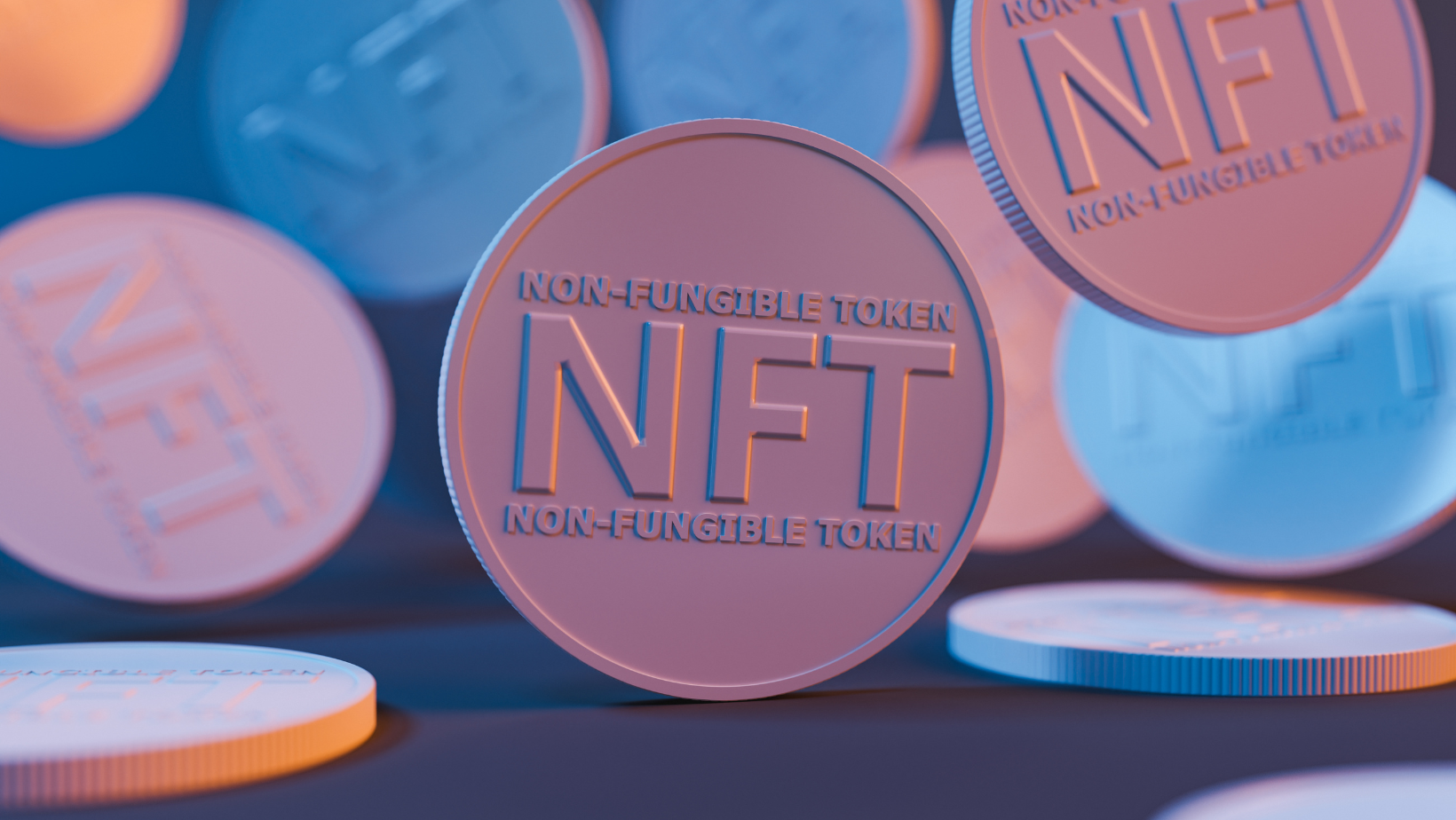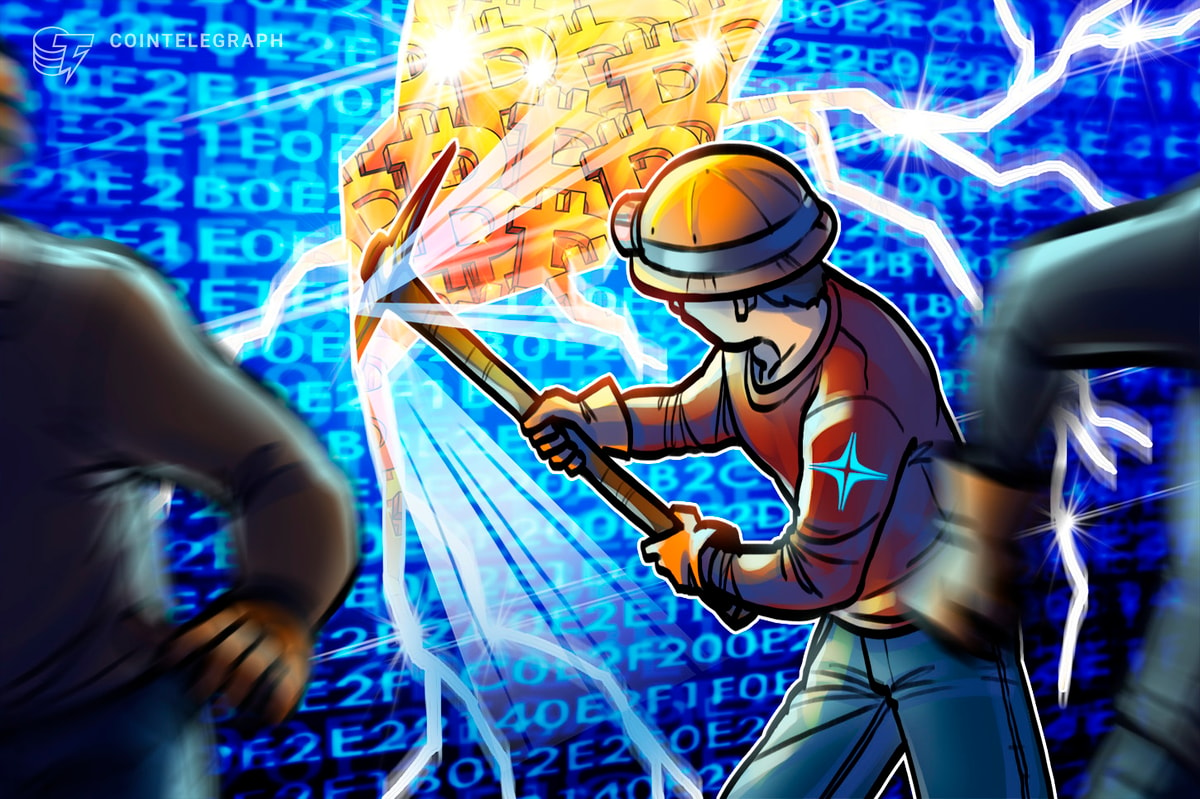Top NFT marketplaces have surpassed US$40 billion in all-time sales, a stunning number amid all the bad press about the industry. But at the same time, investments in the U.S. creator economy have declined 60% since last year. This dichotomy is not uncommon in the crypto sphere; doomsayers will cry wolf on the NFT market, and crypto enthusiasts will staunchly defend the industry.
To make an objective decision on who to believe, it’s critical to understand where data is coming from when statistics are quoted. Because in short, the NFT market hasn’t faded quite yet, despite what alarmists are claiming.
When data is like clay
Like many other up-and-rising Web3 technologies, NFTs (non-fungible tokens) have often faced criticism, particularly after the latest crash spurred headlines in publications like Fortune and Bloomberg about the industry’s demise. Although at one point, the trading volume on the top NFT marketplace OpenSea was down a whopping 99% from its peak in May, many collections have still managed to sell out.
The Wall Street Journal published an article with similar bravado, but ironically, days after Yuga Labs nabbed millions in the sale of its Otherdeeds NFT collection. The sale generated so much activity that it sent Ethereum gas fees to the moon, putting a lot of stress on the network. The event in itself isn’t exactly indicative of a dying industry, even though now, the collection’s trading is down as the crypto market is powering on through a rough period.
Of course, these publications were right to note a stark drop in NFT sales after the crash. Nevertheless, they did seem to miss some of the bigger picture.
NonFungible, the company from which WSJ took the data, appears to only track NFTs using the ERC-721 standard. A growing number of collections and brands, such as Adidas, opt for ERC-1155 instead, meaning the data may have left certain segments of the NFT industry out.
Other available metrics paint a more nuanced picture of the NFT market. In the first four months of 2022, collectors spent US$37 billion on NFTs, according to Chainalysis, which is almost as much as the total for 2021. The same report also reveals an apparent downturn in the transaction volume, with the market’s growth moving at a very uneven pace.
Nansen’s NFT indices give a more detailed breakdown across the diverse sectors. While all of them are on the decline, social and metaverse NFT indices are faring much better than art and gaming ones. This current trend reveals what users are looking for from the NFTs market.
Not all NFTs are made equal
The famous Bored Apes worked as an entry ticket to private parties and a closed-off online community. In Decentraland and Sandbox, NFTs are the tool of choice for handling land ownership and wearables for avatars. Countless other projects build their NFTs as cool profile pics for social media, especially now that Twitter has created a special border for NFT profile pictures. All of these expand the usability of the NFTs in different ways, paving the way for a plethora of use cases.
As with any nascent technology, some use cases see more demand than others, which shapes the subsequent implementations further down the road. In the case of NFTs, users seem to show at best limited interest in art with no extra features on top of it.
Community-driven NFTs with social functions, get way more interest from collectors due to the value they bring to the users. So do collections that make sure to add other utility functions to their NFTs, making them unlockable over time to incentivize long-term ownership through expanding user value.
Integrating NFTs into existing products is another key way towards making NFT adoption more attainable. For example in the sports industry, NFTs are used as tickets for games. Instead of just being a digital asset, the NFT offers real value.
In this, lies the main lesson for the NFT market — users want more than a pretty picture, they want a unique asset that brings them value over time. It’s even better if this asset comes equipped with a community of like-minded aficionados who can appreciate the rarity and the cool factor of the purchase. The metaverse fits nicely into all of this as a digital space for showing off your virtual swag, interacting with others, and developing your own plot of land if you choose to do so.
The NFT market is anything but dead, and its current downturn has more to do with socioeconomic factors rather than a loss of collector interest. Moving forward, though, NFTs that bring real value and utility will be the ones that survive the market’s ebbs and flows.
Read More: news.google.com









 Bitcoin
Bitcoin  Ethereum
Ethereum  Tether
Tether  XRP
XRP  Solana
Solana  USDC
USDC  Dogecoin
Dogecoin  Cardano
Cardano  TRON
TRON  Lido Staked Ether
Lido Staked Ether  Sui
Sui  Wrapped Bitcoin
Wrapped Bitcoin  Chainlink
Chainlink  Avalanche
Avalanche  Wrapped stETH
Wrapped stETH  Stellar
Stellar  Shiba Inu
Shiba Inu  Bitcoin Cash
Bitcoin Cash  Hedera
Hedera  LEO Token
LEO Token  USDS
USDS  Toncoin
Toncoin  Hyperliquid
Hyperliquid  Litecoin
Litecoin  Polkadot
Polkadot  WETH
WETH  Monero
Monero  Bitget Token
Bitget Token  Binance Bridged USDT (BNB Smart Chain)
Binance Bridged USDT (BNB Smart Chain)  Wrapped eETH
Wrapped eETH  Pi Network
Pi Network  Coinbase Wrapped BTC
Coinbase Wrapped BTC  Ethena USDe
Ethena USDe  Pepe
Pepe  WhiteBIT Coin
WhiteBIT Coin  Bittensor
Bittensor  Uniswap
Uniswap  Aptos
Aptos  Dai
Dai  NEAR Protocol
NEAR Protocol  OKB
OKB  sUSDS
sUSDS  Aave
Aave  Ondo
Ondo  BlackRock USD Institutional Digital Liquidity Fund
BlackRock USD Institutional Digital Liquidity Fund  Ethereum Classic
Ethereum Classic  Cronos
Cronos  Internet Computer
Internet Computer  Gate
Gate